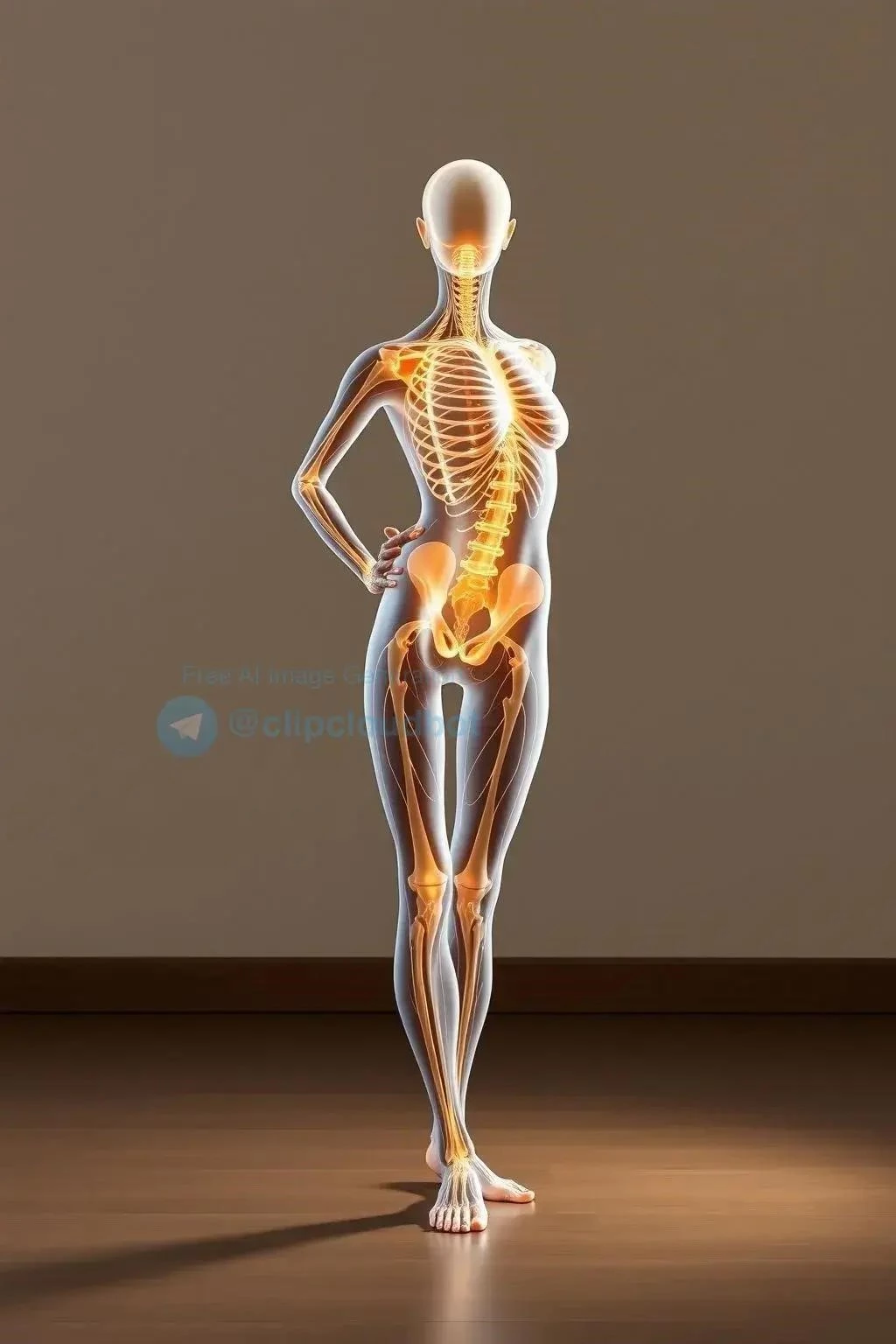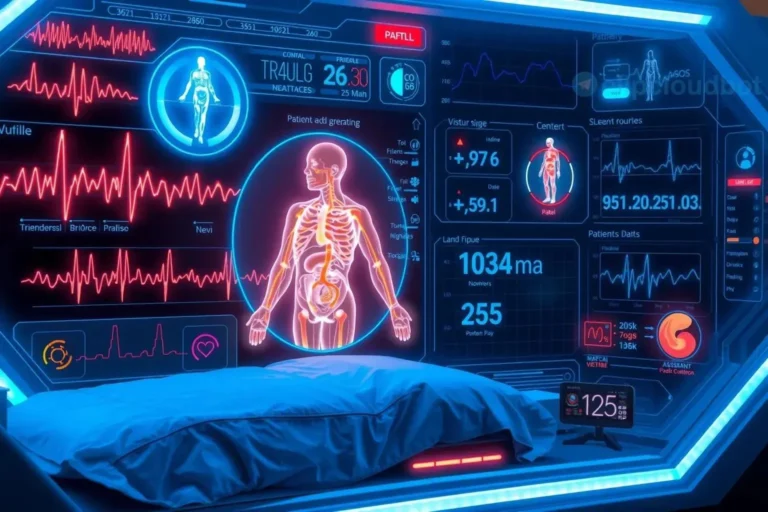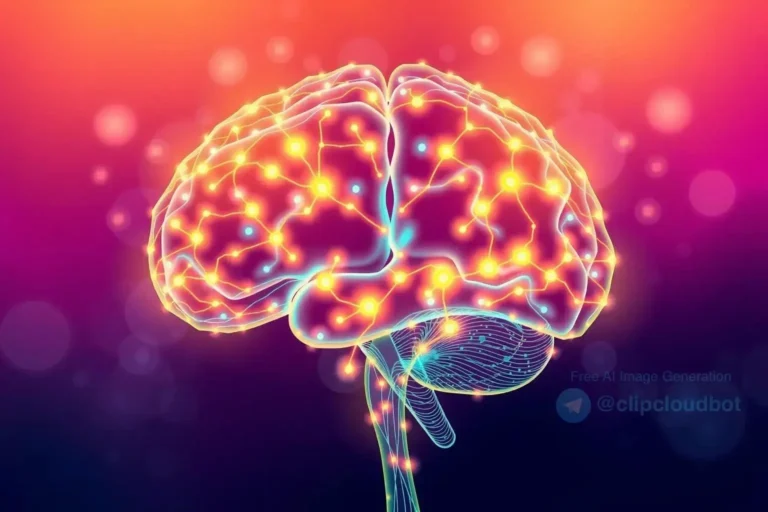Understanding Fascia: The Key to Improved Flexibility, Movement, and Pain Relief
Fascia, the often-overlooked connective tissue that weaves throughout our entire body, plays a crucial role in our overall health, flexibility, and movement. From head to toe, this intricate web surrounds and supports our muscles, organs, bones, and nerves, acting like a three-dimensional scaffolding. Understanding the importance of fascia health and incorporating techniques like myofascial release and fascial stretching can significantly improve your physical well-being and unlock your body’s full potential.
What is Fascia and Why Does it Matter?
Imagine your body as an orange. The peel, the segments, and even the tiny membranes surrounding each juicy droplet are analogous to fascia. It’s a continuous network, connecting every part of you. Healthy fascia is supple and allows for smooth, gliding movements. However, injury, stress, poor posture, and repetitive movements can cause fascia to become tight, restricted, and even painful. This can lead to a variety of issues, including:
- Limited range of motion
- Muscle stiffness and soreness
- Chronic pain
- Poor posture
- Increased risk of injury
Connective Tissue Pain: Addressing the Root Cause
Many people experience unexplained aches and pains that traditional treatments don’t seem to address. Often, the culprit is fascial restriction. When fascia becomes tight, it can compress nerves and restrict blood flow, leading to pain and discomfort. Understanding the role of fascia in pain management is crucial for finding effective and long-lasting relief.
Flexibility Secrets: Unraveling the Fascial Connection
True flexibility isn’t just about stretching your muscles; it’s about releasing tension and restoring suppleness within the fascial network. By addressing fascial restrictions, you can unlock a greater range of motion, improve your posture, and move with more ease and grace.
Myofascial Release: Techniques for Self-Care
Myofascial release techniques aim to release tension and restore optimal fascial function. These techniques can include:
- Foam Rolling: Using a foam roller to apply pressure to specific areas of the body can help break up adhesions and improve fascial mobility. (See below for foam rolling techniques)
- Manual Therapy: A trained therapist can use their hands to apply pressure and release fascial restrictions.
- Self-Massage: Using tools like lacrosse balls or massage sticks can provide targeted myofascial release.
Foam Rolling Techniques: Maximizing Your Results
Foam rolling can be a highly effective self-care tool for myofascial release. Here are a few tips:
- Start slowly: Begin with gentle pressure and gradually increase as your body adapts.
- Focus on tight areas: Spend more time on areas where you feel tightness or restriction.
- Breathe deeply: Relax your muscles and breathe deeply to enhance the release.
- Listen to your body: Avoid rolling over bony areas or areas of acute pain.
Fascial Stretch: Enhancing Flexibility and Movement
Fascial stretch therapy is a specialized system that focuses on lengthening the fascia through assisted stretching techniques. This method emphasizes whole-body movements and aims to improve flexibility, posture, and overall movement quality.
Body Alignment: The Foundation of Healthy Movement
Proper body alignment is essential for maintaining healthy fascia and preventing imbalances. Poor posture and repetitive movements can place undue stress on the fascia, leading to tightness and pain. Focusing on proper alignment in daily activities and during exercise can significantly improve your overall well-being.
By understanding the crucial role of fascia in our health and movement, we can take proactive steps to maintain its health and address any restrictions; Incorporating techniques like myofascial release, fascial stretching, and focusing on proper body alignment can unlock your body’s full potential, leading to greater flexibility, reduced pain, and improved overall well-being. Start exploring the world of fascia and experience the transformative benefits it can offer.





